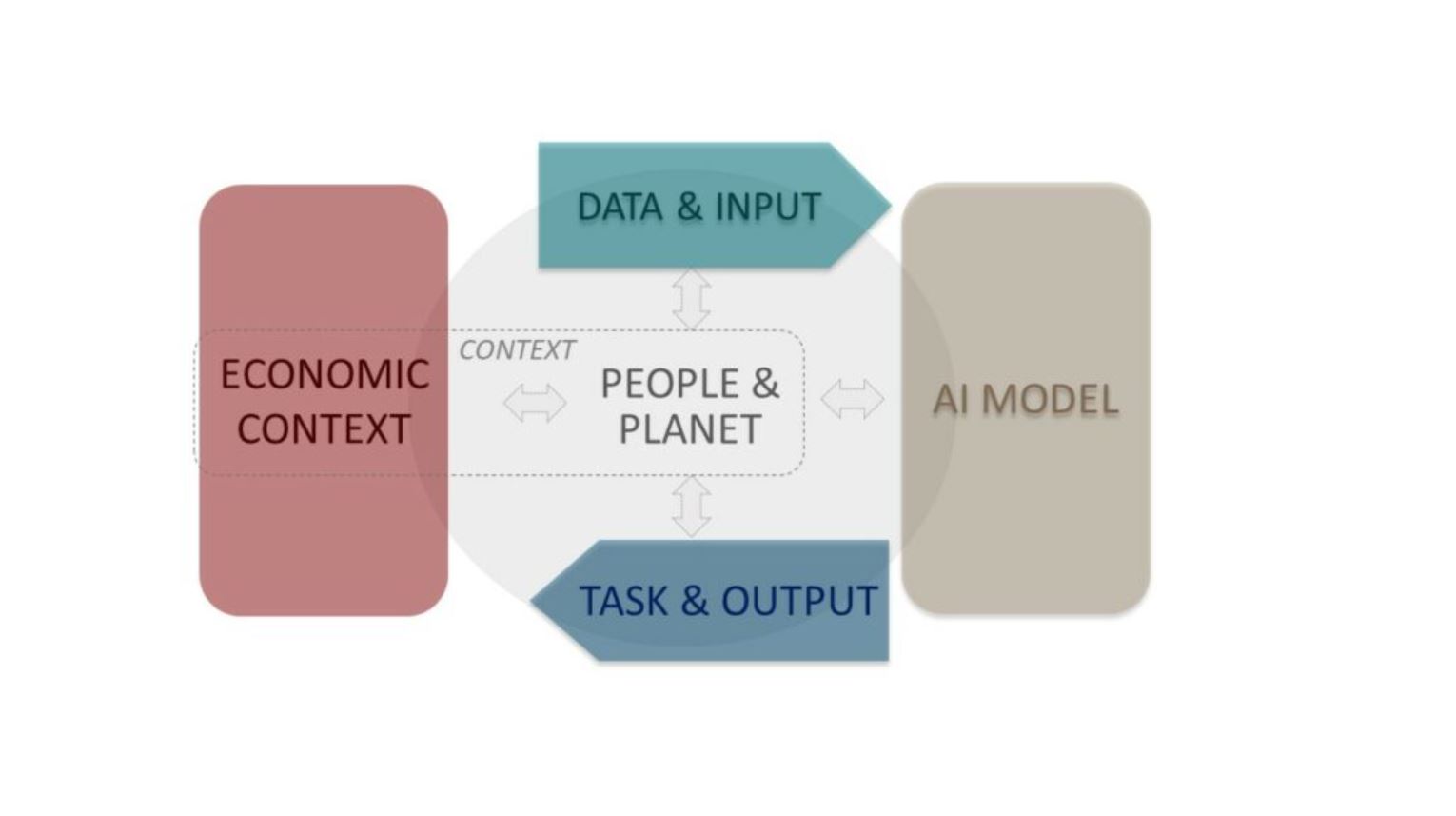 If you’ve ever wrestled with understanding the true capabilities of AI, you’ll appreciate the OECD’s new framework. Known as AI Capability Indicators, this system carefully charts AI’s progress across nine essential domains by comparing it with human benchmarks.
If you’ve ever wrestled with understanding the true capabilities of AI, you’ll appreciate the OECD’s new framework. Known as AI Capability Indicators, this system carefully charts AI’s progress across nine essential domains by comparing it with human benchmarks.
Think of it as a reliable GPS that cuts through the hype. The framework covers nine scales – Language, Social Interaction, Problem Solving, Creativity, Metacognition and Critical Thinking, Knowledge and Memory, Vision, Manipulation, and Robotic Intelligence – each rated from Level 1 (basic) to Level 5 (human‑equivalent). This clear breakdown lets you quickly grasp where AI stands in each area.
Over 50 experts from computer science and psychology spent five years developing this system. Their aim was to merge academic rigour with practical insights, moving away from cherry-picked benchmarks to present a balanced view of AI’s real-world performance.
The findings reveal that most AI technologies currently perform at Levels 2 and 3. Tools like ChatGPT excel in language but struggle with deeper analytical reasoning. Similarly, AI’s ability to navigate social interactions typically peaks at Level 2, signalling that many systems still miss the finer nuances of human behaviour.
For businesses, this framework offers a welcome reality check. In customer service, for example, AI handles routine tasks efficiently, but tasks that demand higher social understanding or creativity remain best suited to humans. In education, while AI can manage administrative duties, personalised instruction and classroom engagement still depend on human expertise.
The indicators also point to areas ripe for advancement – particularly, moving from Level 3 to Level 4 in creative problem-solving and social intelligence. Such progress is essential for developing a more rounded robotic intelligence that truly captures context and subtlety.
Ultimately, this framework serves as a practical report card for AI. It cuts through marketing jargon and provides you with a straightforward way to evaluate both current capabilities and future potential. Whether you’re a business leader, policymaker, or educator, these insights offer a reliable basis for making informed decisions in a rapidly evolving landscape.








